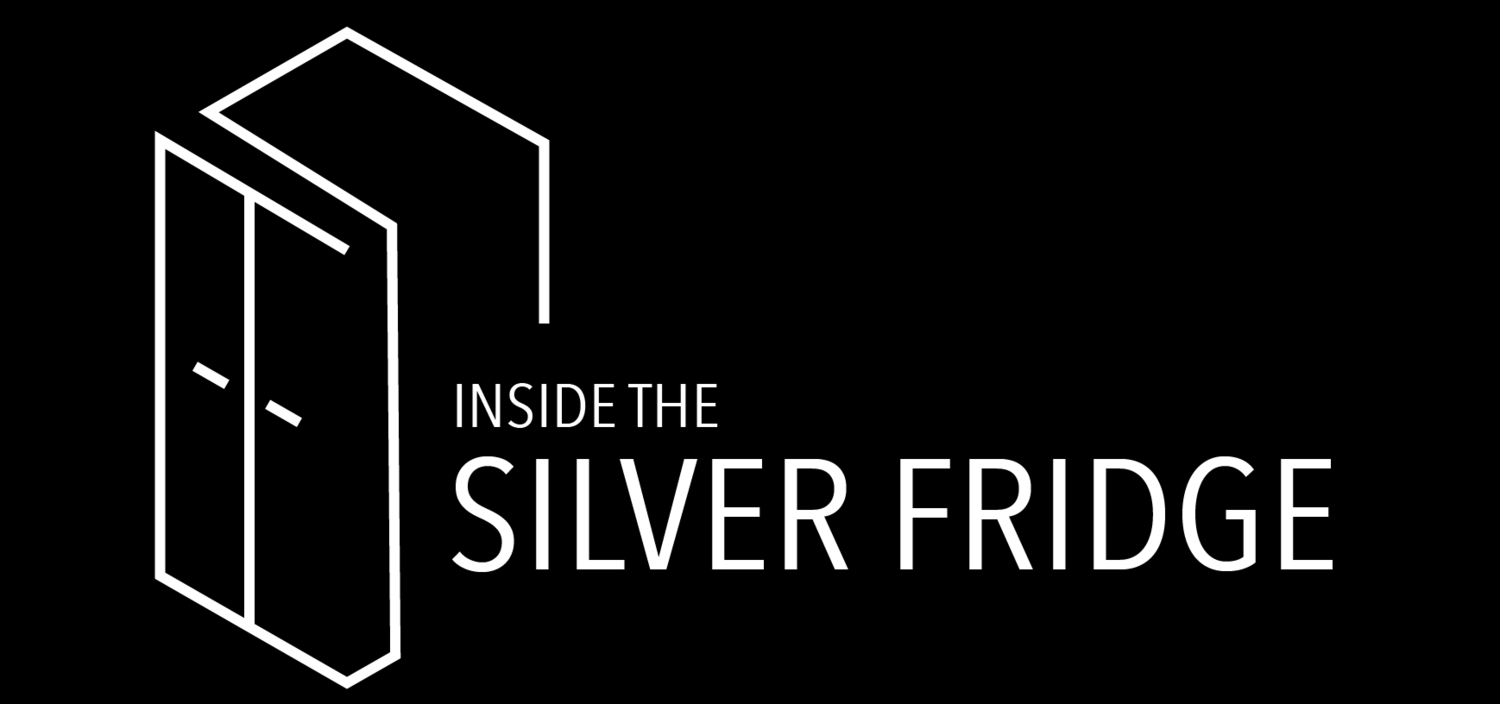Distance Learning: Sepsis
Objectives
Describe the pathophysiology of sepsis
Discuss the diagnosis and treatment of sepsis/septic shock
Apply your knowledge of physiology to the ICU cases in the modules
Theory
Additional Resources:
Review of vasopressors from PulmCCM
Should we stop trending lactate in sepsis? Andromeda Study Discussion
Physiology of fluids in sepsis - Is more fluid always the answer to a collapsible IVC?
Critical Care Medical Decision Making
Coming soon…
Review the Landmark Studies on Sepsis
Heart-Lung Modules
If anyone has read the pulm-ccm blog, they will recognize the signature “JE”. He is the physician who write their ICU Physiology series, if anyone is interested in the WHY and not just the WHAT, these are fantastic reads.
He has started a physiology website with a fantastic series of learning modules designed to make you understand all the data coming at you in the ICU.
These are REALLY COOL. Take the time this week to go through them. One module a day keeps the COVID away.
Objectives:
Explain the difference between volume status and volume responsiveness.
Critique the use of the central venous pressure [CVP] as a marker of volume status and volume responsiveness.
Objectives:
Explain the determinants of inspiratory IVC collapse and how this relates to the central venous pressure
Critique the use of IVC collapse as a marker of volume status and volume responsiveness
Hypothesize how common interventions in the ICU affect the physiology of IVC collapse with specific focus on a patient’s inspiratory effort and the application of PEEP.
Objectives:
Understand the conditions under which the inferior vena cava [IVC] will dilate in response to a mechanical breath; explain the reasoning as a clinical physiologist.
Hypothesize why IVC dilation will vary as a function of tidal volume.
Hypothesize why IVC dilation will vary as a function of chest wall compliance.
Above are the first three modules out of a total of ten - they get very advanced, but are fascinating! Please do the modules above to understand the hemodynamics in the ICU. If you’re interested in further reading, the additional modules focus on pulmonary vascular resistance, right heart physiology, and proning all within the context of physiology (click the image above).
Share What You Learned
MKSAP 18 Questions
Pulm 55
Pulm 71
Pulm 38
Pulm 65





